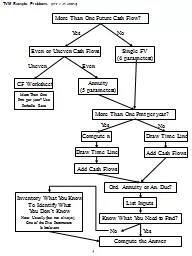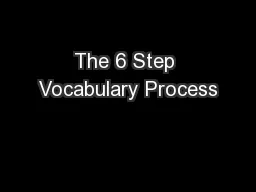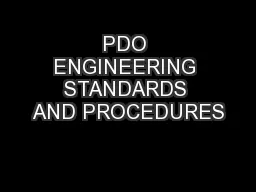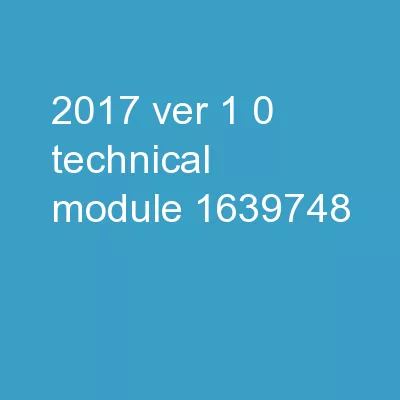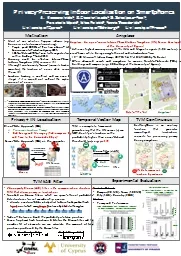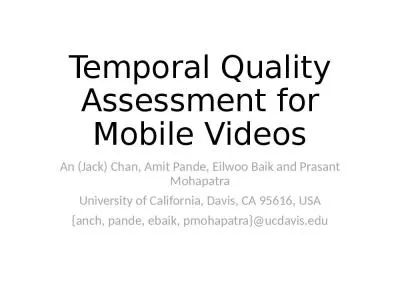PPT-TVM Sample Problems (ver.
Author : faustina-dinatale | Published Date : 2019-03-16
231 Jan 18 1 More Than One Future Cash Flow Yes No Even or Uneven Cash Flows Uneven Even CF Worksheet Annuity 5 parameters Single FV 4 parameters More Than One Pmt
Presentation Embed Code
Download Presentation
Download Presentation The PPT/PDF document "TVM Sample Problems (ver." is the property of its rightful owner. Permission is granted to download and print the materials on this website for personal, non-commercial use only, and to display it on your personal computer provided you do not modify the materials and that you retain all copyright notices contained in the materials. By downloading content from our website, you accept the terms of this agreement.
TVM Sample Problems (ver.: Transcript
Download Rules Of Document
"TVM Sample Problems (ver."The content belongs to its owner. You may download and print it for personal use, without modification, and keep all copyright notices. By downloading, you agree to these terms.
Related Documents

